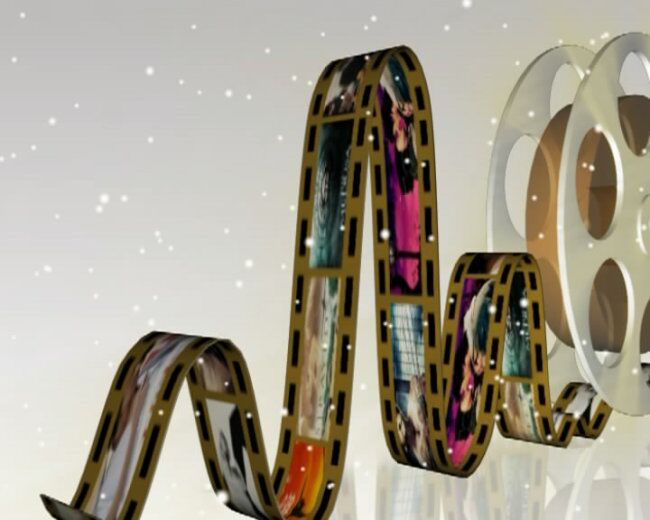Rise of visual media poses challenge to literature

Visual media has largely supplanted reading as the main vehicle for fictional narratives. Writers forgo critical thought to cater to the visual demands of film and television.
Spurred on by advances in information technology and forms of communication, the rise of visual media represents an ongoing cultural transformation. At the turn of the 21st century, scholars began to devote increasing attention to the relationship between literature and visual media.
Literature, images
In ancient times, images were only supplemental to the art of language, but this hierarchy was upended by the rise of visual media, said Zhao Xianzhang, a professor of literature at Nanjing University. Visual media has largely supplanted reading as the main vehicle for fictional narratives. Writers forgo critical thought to cater to the visual demands of film and television, which endangers literature itself.
“The key problem is that this is not simply a crisis of literature but also a crisis of today’s verbal expression because imagery, backed by technology, is encroaching on the space of linguistic expression with unprecedented momentum,” Zhao said.
In the 1990s, when visual media began to dominate, scholars first began to look at the relationship between images and literature, said Zhao Yong, a professor from the School of Literature at Beijing Normal University.
In the context of globalization and technological advancement, various media and forms of art have emerged, transforming literature from a “solo performance” into a “group dance.” At the same time, people’s psychological and behavioral patterns have changed, and visual media caters to that. So the marginalization of literature is almost inevitable. Questions about literature’s relationship with images and reality have been fiercely debated over the last decade, said He Linjun, an associate professor of literature at Hunan Normal University.
New field in literary studies
Scholars hold that the rise of image will not only impact literary studies, but also tend to expand the field of literary studies, thus becoming a driving force for the discipline.
“The study of literature and images might be a new growth point for literary studies because it is a form of interdisciplinary research,” Zhao said.
Images are another ideogram of language and the two are closely related, so comparative studies are needed, Zhao said. In this way, it is possible for language and image semiotics to add a new perspective and a new voice to previous research methods in literature.
Zhao said that there is a form of “image hegemony” created by the rise of visual culture. But from the perspective of literary studies, the relationship between images and literature is a two-way interaction due to the complex relationship between them. So this kind of research is definitely a new growth point of literary research.
But one of the most persistent problems of literary studies is intrinsic to literature. Literature has encountered problems that are not only relevant to its own, but also to external reality, especially the so-called “image hegemony.” The legitimacy of literature will never be questioned, but the problem is how to maintain its credibility so that it will better coexist with the image and interact with society. This is a core issue for the study of literature and images, and also one of the key issues of current literary studies, He said.
Historical, theoretical research
In the new century, the study of the relationship between literature and images can be subdivided into historical and theoretical research, Zhao said. Historical research includes studying the relationships between poetry and painting, between novels and illustrations, and between original literary works and adaptations.
Theoretical research refers to the macroscopic aspects of the relationship between literature and images as well as basic theories. Zhao said that these two aspects are interrelated, and are indispensable. Without theory, historical research will be only the accumulation of information and impressions, and it will be difficult to respond to concerns about the threat posed to literature by the rise of visual media. If history is not taken into consideration, it will be lost in the rhetoric and devoid of content.
“Literature and image studies raise higher requirements to researchers: it is necessary for them to understand literature but also to be familiar with culture concerning visual media and imagery, so they are capable of interdisciplinary research,” Zhao said.
The key to research is the awareness of researchers. It is necessary to realize that we have entered into an era of visual media. Images have been associated with literature, and the association between them will continue to become closer. In addition, researchers should adapt themselves to the changes of situation and improve their research abilities, scholars said.
In order to study the relationship between literature and visual media, we should face the reality. We need to select a typical phenomenon to conduct close reading. We should refine theories and adopt new views and methods from an interdisciplinary and historical perspective. In this way, we can combine independent research and comparative studies of literature and images, and construct theoretical systems, scholars said.
